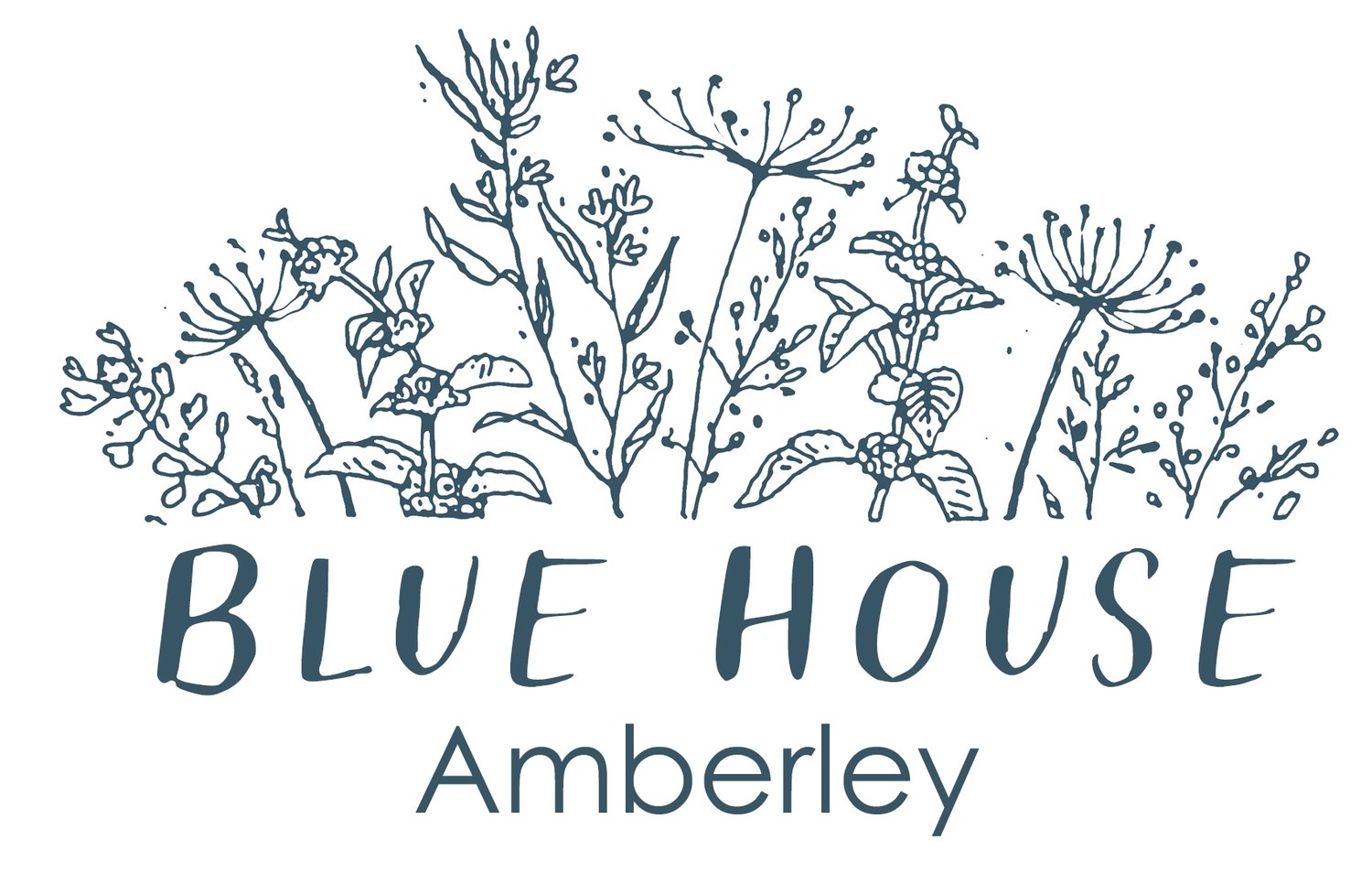Summer Dry Gardens
Our summer dry story….
In 2013 we bought a paddock. An empty acre of land, with a stream boundary and a hedge. We built a house and started a garden.
I dug and fed the soil, dragged hoses and propped up the plants when they went over in the nor’west wind. The bamboo canes broke and the hoses never had the correct fittings. The plastic watering can blew across the property The hoses snagged on all the posts. I came to dread the wind, and the dry, and the dahlias in full flower… it all meant endless work. Something had to change.
And so began a 5 year journey in which I learned to slow the garden down, treat my soil with more respect, and choose my plants with more care.
It has been a fun journey. I have met some wonderful people and completely changed my gardening practices. I’ve also met a whole new world of plant names, which meant I finally got to use that latin I learnt at high school.
Mostly now, the hoses stay rolled up in their holders. I have 8 metal watering cans, one for each water butt. They never blow away in the wind.
“We don’t need plants that are simply tolerant of no summer water, we need plants that expect no summer water. That’s not drought tolerant, that’s normal.”
The Summer-Dry Project.
Nora Harlow and Saxon Holt
Below are some of the techniques used in the garden. These are the result of years of research, which is being added to all the time. It is all aimed at slowing down plant growth, bringing the plants back into a natural relationship with this piece of lean dry land. It is also aimed at getting the gardener to sit and enjoy much more often
Our soil is not dug.
Left undisturbed, the natural soil community can do it’s very complex, very important job in supporting the plants.
We work with the natural soil biota.
I mulch with ramial woodchip, up to 10 inches thick. I am not feeding the plants, I am feeding the mycorrhizal fungi.
Tiny plants and bare roots…
The plants go into the soil extremely small, only 3 - 4 inches tall. The potting mix is gently shaken off, and the planting hole is not amended. This encourages strong, deep root growth, and early mycorrhizal associations.
If I can’t give the plants water, I try to give shade. Most of our beds have trees in them for this reason.
I try hard to trust my soil and to chose plants carefully. If treated with respect (not flooded with irrigation, dug or fertilized) the soil has everything these plants need.
Plant in Water Zones
Most importantly, plants with similar water needs are grouped together. It is the one wilting plant which will make me put on a hose.
I try to let the plant live out it’s natural cycle, including developing seedheads, toppling over, and decay.
This is just the briefest description of what goes on here. There are a whole raft of techniques I can call on, to suit the different needs of each plant, and each area.
I notice with interest that first thing in the morning when I head outside, (cuppa in hand) I usually turn right, towards the dry gardens, not left, towards the traditional gardens.
That must be where my heart now lies.
If you are interested in beginning your own summer dry journey, check out these

The following is a great quote from The Summer Dry Project. It sums up what a summer dry garden is trying to achieve:
“Gardening where you are is a constant challenge. We are tempted to buy plants we love, those we’ve seen in garden books or admired on forays to other parts of the world. We try, mostly in vain, to change the fundamental nature of our native soils. We lavish water on plants that can’t take our dry summers, fight off mildew on those that dislike winter rain, blanket frost-sensitive plants or bring them indoors.
How much easier it would be to revel in the singular beauty of our local environment, celebrate the natural world that still, against all odds, remains.
We would do well to slow way down, take a good look at our surroundings, note which plants thrive with little or no care from us, touch, feel, and smell the soil, and listen to the heartbeat of our own garden.
For most of us, learning to garden where you are takes time, patience, and a willingness to learn from our mistakes.
An edited excerpt from The Summer-Dry Project, an on-going initiative to provide gardeners in summer-dry, Mediterranean climates with authoritative plant information and inspiring photos that encourage sustainable garden practices.
Authors Nora Harlow and Saxon Holt
Visit summerdry.com







